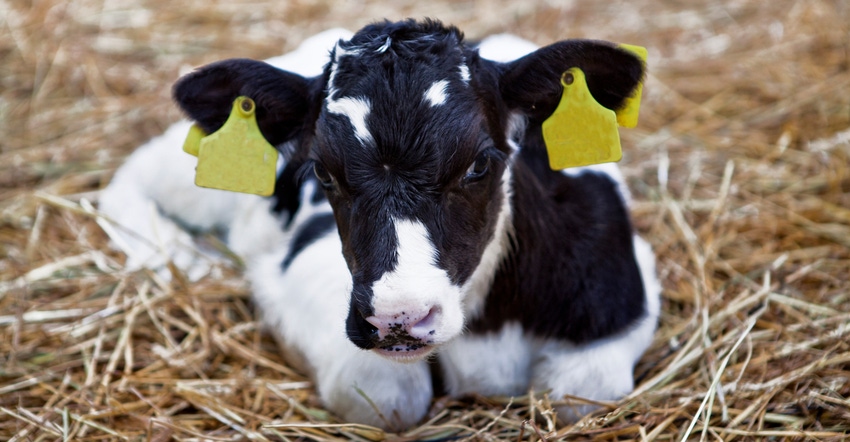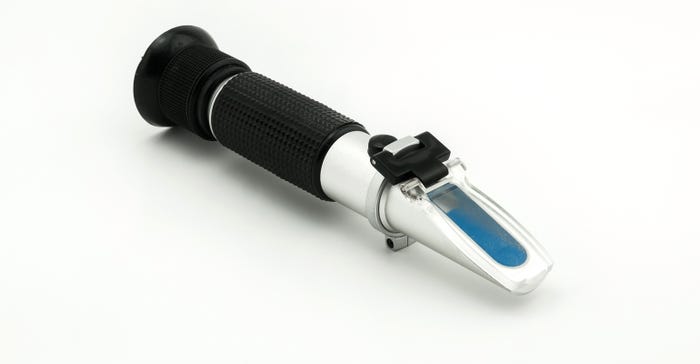March 1, 2022

Many dairy calves will be born over the next three months, and University of Missouri Extension experts have a catchy way to remember how to help get them off to a strong start.
It is critical that newborn calves receive high-quality colostrum. A calf may receive the colostrum directly from the cow, by bottle-feeding or via an esophageal tube. Using an esophageal tube feeder is the best way to make sure a calf gets enough colostrum, or for use when a calf is weak.
Stacey Hamilton, MU Extension dairy specialist, and Scott Poock, MU Extension associate professor of veterinary medicine, offer a look at the 3Q formula for fostering the health of young calves:
Quick. Calves are born with naive immune systems, so they require the passive transfer of antibodies from colostrum. Absorption of colostrum antibodies (immunoglobulin G, or IgG) drops to zero in six to 12 hours after birth. The first feeding should be within two to six hours after birth, and the second within 12 hours.
Quantity. The first feeding should contain 4 liters for Holstein cows and 3 liters for Jersey cows. The second feeding should contain only 2 liters.
Quality. The IgG concentration of colostrum must be accurately measured to ensure quality. This cannot be done visually. Accurate measurement requires use of a colostrometer or Brix refractometer.
When using a colostrometer, the colostrum must cool to room temperature to yield an accurate reading. For the first feeding, use only “green” colostrum, or colostrum with a density of 50 grams IgG per liter or more.

MEASURE COLOSTRUM: Dairy farmers can use a Brix refractometer, such as the one pictured here, or a colostrometer to determine the quality and viability of colostrum.
A refractometer uses the Brix scale to measure IgG concentration. Quality colostrum on the Brix scale is at least 22%, which indicates IgG is greater than 50 grams per liter. Ideally, the colostrum will have a concentration of 50 grams per liter for the Holstein calf and 70 grams per liter for the Jersey calf. The refractometer does not require the colostrum to cool down to get an accurate reading, so it can take less time than the colostrometer.
Most importantly, all equipment must be kept clean. “If we won’t eat off of it, then it is not clean enough for a calf,” Hamilton said.
When caring for newborn calves this spring, remember the three Q’s: quick, quantity and quality.
The University of London Royal Veterinary College offers a PDF detailing how to use a colostrometer and a Brix refractor. It can be viewed here.
Source: University of Missouri Extension, which is solely responsible for the information provided and is wholly owned by the source. Informa Business Media and all its subsidiaries are not responsible for any of the content contained in this information asset.
You May Also Like




